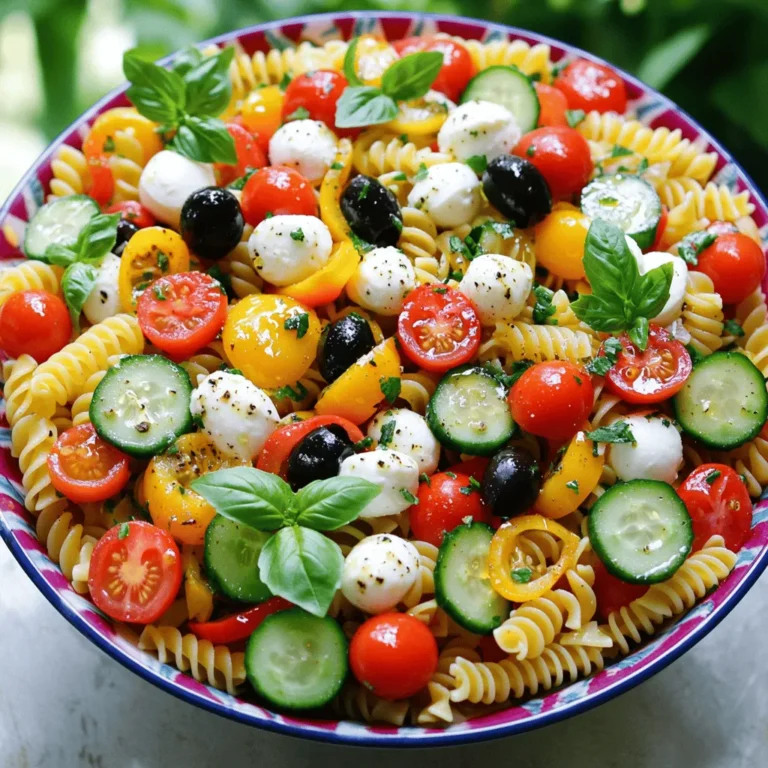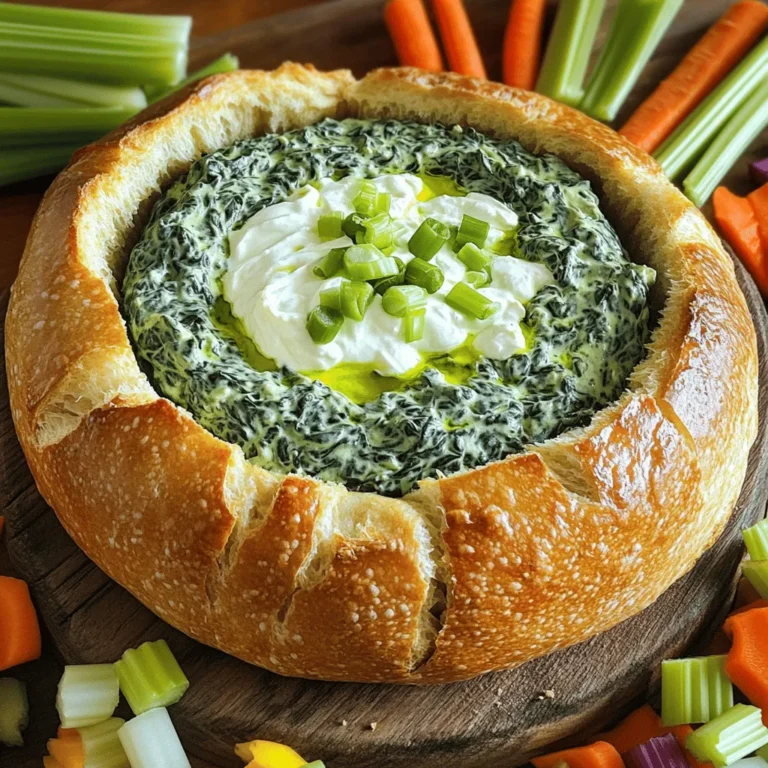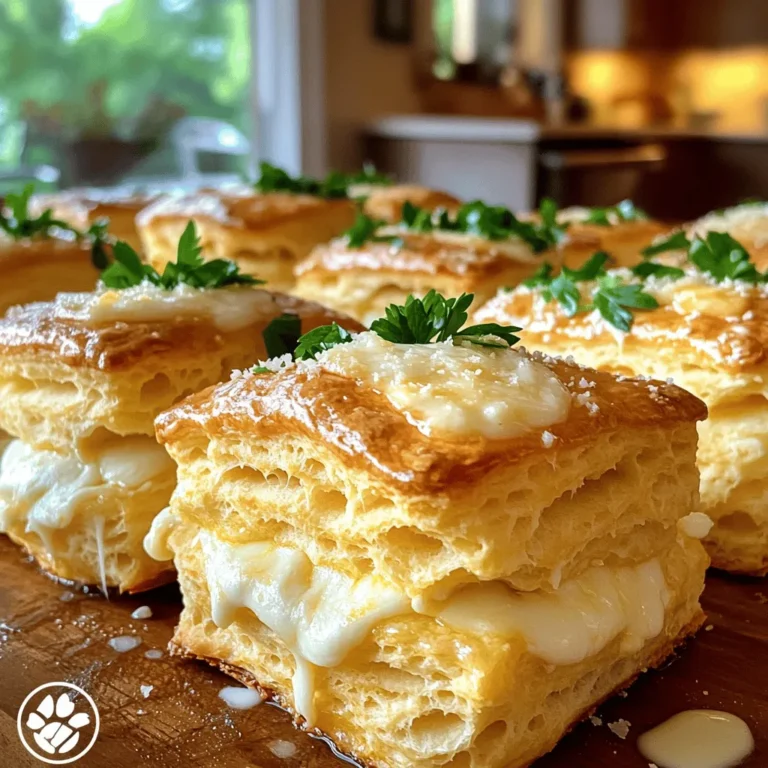Homemade Refrigerator Pickles Crunchy and Flavorful Treat
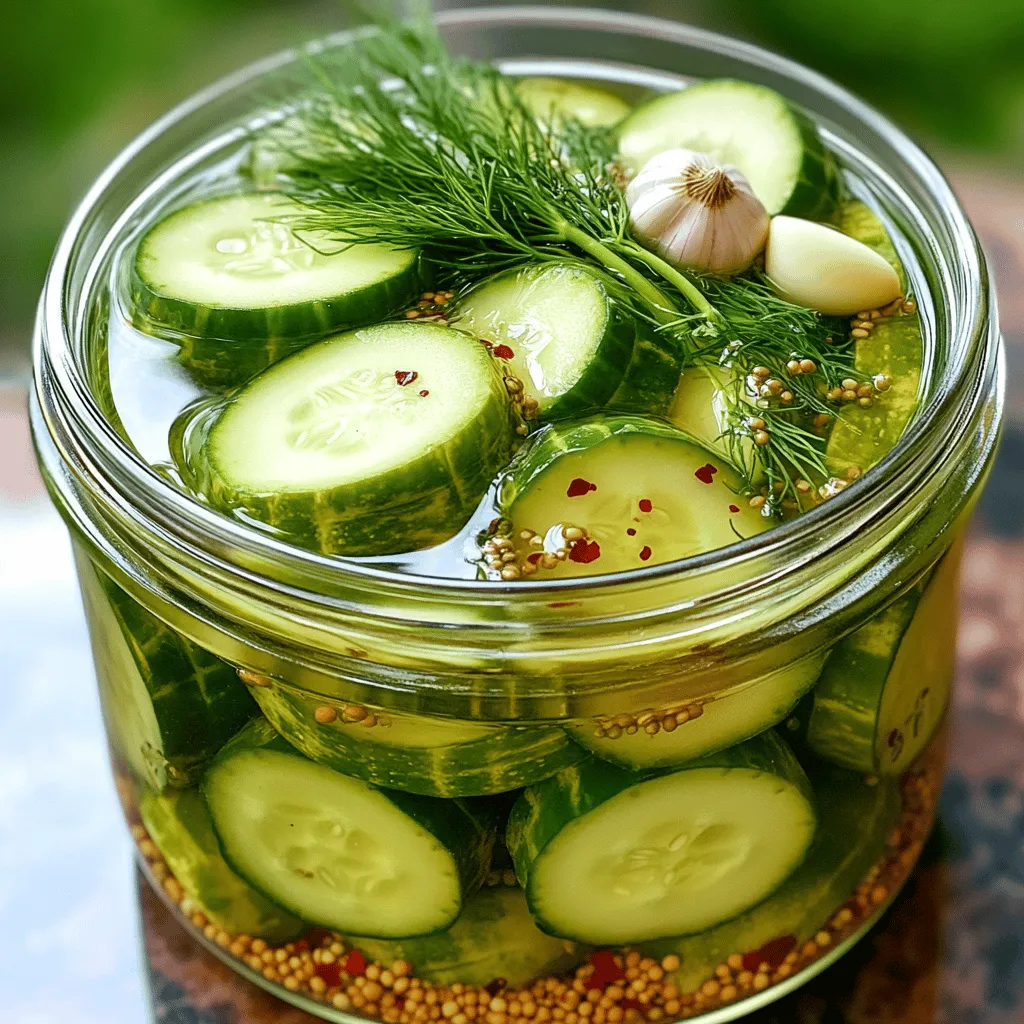
Are you ready to crunch into something delicious? Homemade refrigerator pickles are not just easy to make; they pack a flavorful punch! In this guide, I’ll walk you through selecting the right cucumbers, preparing a zesty brine, and adding your favorite spices. Discover tips and tricks to make your pickles shine, plus fun ways to mix things up. Let’s dive into the world of fresh, crunchy goodness!
Ingredients
List of Ingredients
– Cucumbers: Choose small, firm cucumbers. English cucumbers work well too. Pick fresh ones for the best crunch.
– Vinegar and Its Role in Pickling: Use distilled white vinegar. It gives a clean, sharp taste. The vinegar helps preserve the cucumbers, keeping them crisp and flavorful.
– Essential Spices and Seasonings: You will need:
– 2 tablespoons granulated sugar
– 1 tablespoon kosher salt
– 1 teaspoon mustard seeds
– 1 teaspoon dill seeds
– 4 cloves garlic, peeled and crushed
– 1 teaspoon crushed red pepper flakes (optional for heat)
– Fresh dill sprigs for garnish
These spices add depth and enhance the pickles’ overall taste. The garlic brings a nice punch, while the dill gives it that classic flavor. If you like it spicy, the red pepper flakes will do the trick!
Using the right balance of these ingredients makes a big difference.
Step-by-Step Instructions
Preparation of Cucumbers
To start, wash the cucumbers under cool running water. This cleans off any dirt. I prefer to slice them into rounds for a classic look or spears for a crunchy bite. Choose what you like best. Both shapes taste great and soak up the brine well.
Preparing the Brine
Next, we make the brine. You’ll need:
– 1 ½ cups distilled white vinegar
– 1 cup water
– 2 tablespoons granulated sugar
– 1 tablespoon kosher salt
– 1 teaspoon mustard seeds
– 1 teaspoon dill seeds
– 4 cloves garlic, peeled and crushed
– 1 teaspoon crushed red pepper flakes (optional)
Combine the vinegar, water, sugar, salt, mustard seeds, dill seeds, and red pepper flakes in a medium saucepan. Heat it gently. Stir until the sugar and salt dissolve completely. Once mixed, remove the saucepan from the heat. Let it cool to room temperature.
Assembling the Jars
Now, prepare your jars. Use clean, sterilized glass jars with tight lids for best results. Start layering the cucumber slices in each jar. Place the crushed garlic cloves between the cucumbers. If you have fresh dill sprigs, toss them in for added flavor. This step is key to packing in the taste.
Marinating Process
After the brine has cooled, pour it over the cucumbers in the jars. Make sure all the cucumbers are fully submerged in the liquid. Seal the jars tightly to keep the flavors in. Place the jars in the refrigerator. For the best flavor, let them sit for at least 24 hours. I recommend waiting 3 to 5 days for a more intense taste. This marinating time makes all the difference. Enjoy your homemade refrigerator pickles as a snack or alongside meals!
Tips & Tricks
Adjusting Flavor Profiles
Making It Spicier or Milder
You can easily adjust the heat in your pickles. If you want a spicy kick, add crushed red pepper flakes. Start with one teaspoon and taste. If you want it milder, skip the flakes altogether. You can also try adding sliced jalapeños for a fresh heat.
Exploring Flavor Enhancements
Adding different spices can change your pickles’ flavor. Try adding coriander seeds or bay leaves for depth. Experiment with garlic or onion slices for a more savory flavor. Fresh herbs like basil or oregano can also add a nice twist.
Best Practices for Pickling
Common Mistakes to Avoid
One common mistake is not using fresh cucumbers. Old or soft cucumbers won’t give you that nice crunch. Also, avoid skipping the sterilization of jars. Clean jars help keep your pickles safe and tasty.
Ensuring Crispness of Pickles
To keep your pickles crunchy, use small cucumbers. Slice them evenly to help them pickle well. Soak cucumbers in ice water for 30 minutes before packing them in jars. This extra step helps keep them crisp.
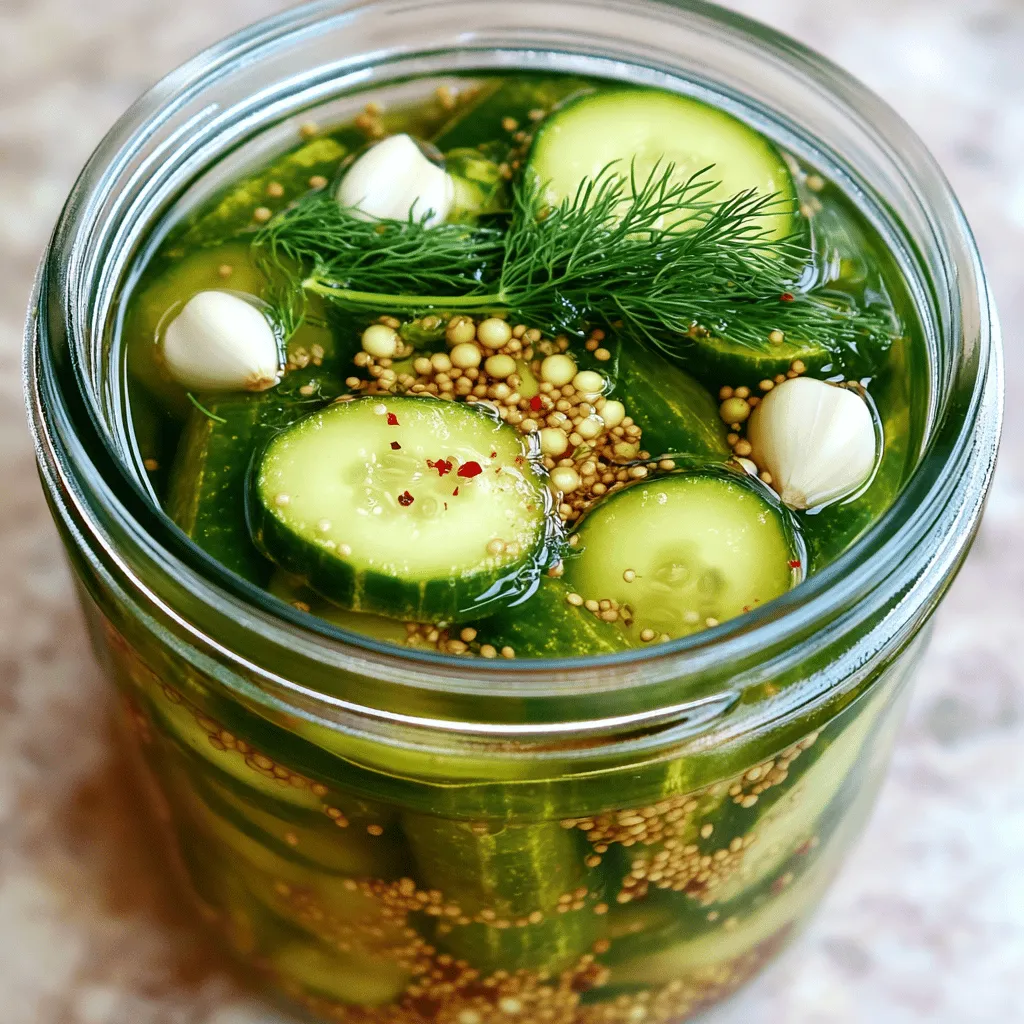
Variations
Different Spice Combinations
Adding herbs and spices is a fun way to change the flavor of your pickles. You can try adding:
– 1 teaspoon coriander seeds for a citrusy note
– 1 teaspoon black peppercorns for a warm spice
– A few sprigs of fresh basil for a unique twist
These spices give your pickles a new taste and make them special. You can even mix and match to find your favorite combo.
Creative mix-ins can lead to unique flavors. Consider adding:
– Sliced jalapeños for heat
– Carrots for a sweet crunch
– Red onion slices for a bit of sharpness
Get creative! Each ingredient adds its own character to the pickles.
Alternative Vegetables
Exploring other veggies to pickle can be exciting. While cucumbers are classic, other great options include:
– Carrots: Their sweetness pairs well with the brine.
– Radishes: They add a peppery bite and vibrant color.
– Green beans: They stay crunchy and add a nice snap.
Customizing the recipe lets you build a pickle mix that suits your taste. You can use any vegetable you love. Just remember to adjust the slicing size to match the brine for even flavoring.Each batch can be a new adventure in flavor and crunch.
Storage Info
Best Storage Practices
To keep your homemade refrigerator pickles fresh, store them in the fridge. The ideal temperature is between 32°F and 40°F. This cool environment slows down spoilage and keeps your pickles crunchy.
When stored properly in airtight jars, your pickles can stay fresh for up to two months. However, they usually taste best within the first month. Check for any signs of spoilage, like an off smell or changes in color, before eating.
Reusing the Brine
You can extend the life of your brine by reusing it. After finishing your first batch of pickles, save the brine in the fridge. It can last for about a month.
Add new vegetables to the existing brine for a quick pickle fix. Just make sure the new veggies are clean and cut to a similar size as the originals. Allow them to sit in the brine for at least 24 hours before enjoying. This method keeps your pickles exciting and cuts down on waste!
FAQs
How long do homemade refrigerator pickles last?
Homemade refrigerator pickles can last up to two months. Keep them in the fridge. After that, they may lose their crunch and flavor. Always check for any signs of spoilage before eating. If they smell bad or look off, it’s best to toss them.
Can I use different types of vinegar?
Yes, you can use different types of vinegar. Apple cider vinegar adds a sweet taste. Rice vinegar gives a milder flavor. Each vinegar can change the overall taste. Experimenting with different vinegars helps you find your favorite flavor. Just keep the same ratio for best results.
Do I need to can the pickles for them to last?
No, you do not need to can the pickles. Refrigerating them keeps them fresh. Canning requires more steps and heat. With refrigerator pickles, you can enjoy them quickly. Just make sure to store them in clean jars with tight lids.
What can I serve with refrigerator pickles?
Refrigerator pickles pair well with many dishes. They add crunch to sandwiches and burgers. You can also serve them with cheese boards or charcuterie plates. They make a great snack on their own. For a fun twist, add them to salads for extra flavor.
You now understand the key steps for making delicious refrigerator pickles. We discussed ingredients, from selecting cucumbers to the right vinegar and spices. I shared tips on preparation, brining, and storage. Remember to adjust flavors to suit your taste and try new veggies for fun. Keep your pickles fresh with the right storage methods.
Enjoy creating your own pickles and feel proud of your tasty treats!
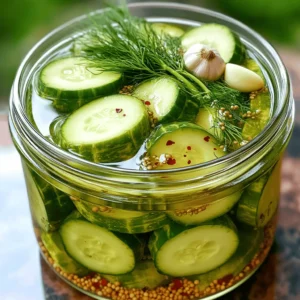


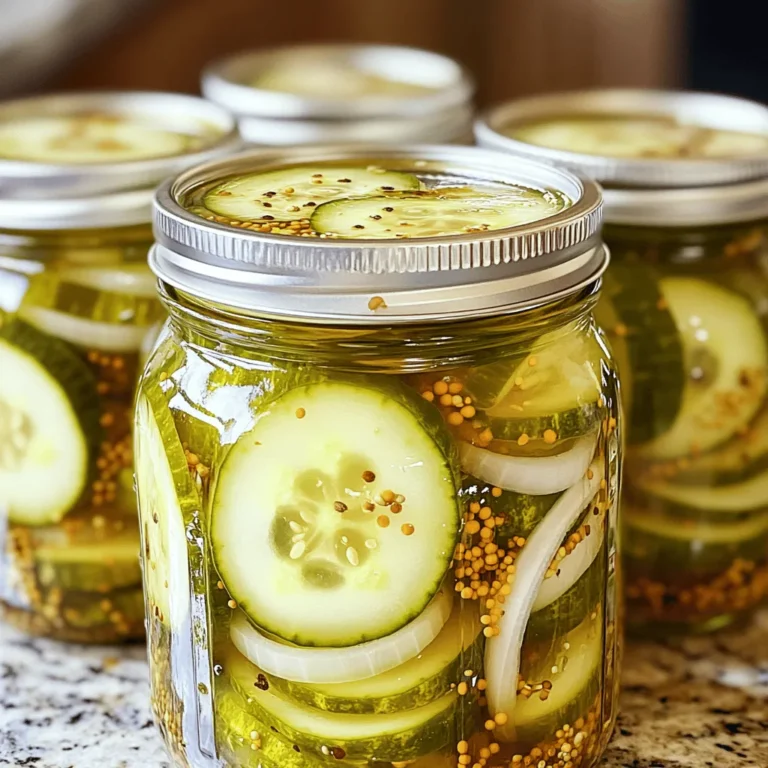
![- 2 large cucumbers, peeled and thinly sliced - 1 medium red onion, thinly sliced - 1/4 cup apple cider vinegar - 2 tablespoons honey - 1 tablespoon olive oil - 1 teaspoon salt - 1/2 teaspoon freshly ground black pepper - 1/4 teaspoon red pepper flakes (optional, for a hint of heat) - Fresh dill or chopped parsley for garnish Cucumbers are refreshing and hydrating. They contain vitamins A and K. Red onions add a sweet and mild flavor. They also have antioxidants that may help reduce inflammation. Apple cider vinegar provides a tangy taste. It may help with digestion. Honey adds sweetness and balances flavors. Olive oil not only adds richness but is also heart-healthy. Salt enhances all the flavors, while black pepper adds a slight kick. Fresh herbs like dill or parsley brighten up the dish. If you can’t find red onions, try using white or yellow onions. Both will work well. You can swap apple cider vinegar with white wine vinegar for a different taste. If you prefer, maple syrup can replace honey for a vegan option. For a lighter touch, use lemon juice instead of vinegar. If you want a different herb, mint or basil can add a unique flavor twist. For those who dislike spice, leave out the red pepper flakes altogether. You can find the full recipe above for a detailed guide on making this crisp salad! To make a fresh cucumber and onion salad, start with two large cucumbers. Peel them and slice them thinly. Use a sharp knife or a mandolin slicer for even slices. Next, take one medium red onion and slice it thinly as well. Add both slices to a large mixing bowl. In a small bowl, whisk together 1/4 cup of apple cider vinegar and 2 tablespoons of honey. Add 1 tablespoon of olive oil, 1 teaspoon of salt, 1/2 teaspoon of freshly ground black pepper, and 1/4 teaspoon of red pepper flakes if you like some heat. Mix until the honey is dissolved. Drizzle this dressing over the cucumbers and onions. Toss everything gently with two big spoons or salad tongs. Cover the bowl and place it in the fridge for at least 30 minutes. This helps the flavors meld together. When you are ready to serve, toss the salad again. Taste it, and adjust the seasoning if needed. Finally, add fresh dill or chopped parsley on top for garnish. To slice cucumbers and onions well, aim for thin and even pieces. This helps them blend in the salad. Use a mandolin slicer if you have one; it gives uniform slices. If you use a knife, keep your fingers tucked in. This helps prevent cuts. Chill your knife in the fridge before slicing. This can keep your vegetables crisper. Mixing the salad well is key to great flavor. Use two large spoons or salad tongs to toss the ingredients. Be gentle to avoid crushing the vegetables. Make sure every slice gets coated in dressing. Let the salad sit in the fridge for at least 30 minutes. This allows the flavors to soak in. Before serving, always taste and adjust the seasoning. This ensures the salad is just right for you. For a fun twist, consider adding other fresh herbs like basil or cilantro! To boost the taste of your Cucumber and Onion Salad, think about adding fresh herbs. Chopped dill or parsley brings a bright flavor. You can also add a squeeze of lemon juice for zest. If you like heat, try adding a pinch of cayenne pepper. This will give your salad a nice kick. Always taste as you go. Adjust the flavors to fit your own liking. For the best dressing, whisk the ingredients well. Mix the vinegar, honey, and olive oil until smooth. The honey needs to dissolve fully. If the dressing is too thick, add a little water or more vinegar. This will help it coat the veggies better. You want a nice balance between tangy and sweet. One common mistake is not letting the salad chill. Allowing it to sit in the fridge helps the flavors blend. Another mistake is cutting the cucumbers too thick. Thin slices absorb the dressing well. Lastly, don’t forget to taste your salad before serving. Adjust the salt and pepper to make it just right. Remember, the key is to keep it fresh and crisp. For a full recipe, check out the Crisp Cucumber & Sweet Onion Delight. {{image_4}} You can make this salad even better by adding other veggies. Try bell peppers for crunch. You can also add tomatoes for a sweet touch. Radishes bring a nice bite and color. Grated carrots can add a fun twist. Mix and match to find your favorite blend! While I love the apple cider vinegar dressing, you can switch it up. Try a creamy dressing like ranch or yogurt. Lemon juice can add a fresh zing. You can also use balsamic vinegar for a sweeter flavor. Experiment with herbs like basil or cilantro to change the taste. Seasonal ingredients can make your salad shine. In summer, add fresh herbs like mint or basil. In fall, sliced apples can give a sweet crunch. Winter might call for roasted veggies like squash. Use what’s fresh at the market to keep it exciting! For the complete recipe, check out the [Full Recipe]. To keep your cucumber and onion salad fresh, store it in an airtight container. This helps keep the crispness intact. Make sure to place the salad in the fridge. The cold temperature slows down spoilage. If you have a lot of salad left, divide it into smaller containers. When stored properly, this salad lasts about 3 to 5 days in the fridge. To maintain freshness, avoid adding dressing until you are ready to eat. The vinegar can cause the cucumbers to become soggy over time. If you notice any signs of wilting or change in color, it’s best to discard the salad. I do not recommend freezing cucumber and onion salad. The freezing process makes cucumbers watery and soft, ruining their crunch. If you want to use cucumbers later, consider pickling them instead. Pickled cucumbers can last for months and taste great in many dishes. For fresh enjoyment, stick to the fridge for this salad. You can find the Full Recipe to enjoy this dish fresh. For this salad, I recommend using English cucumbers. They are long, thin, and have fewer seeds. Their skin is also tender, which means no peeling is needed. If English cucumbers are not available, you can use Persian cucumbers. They are small and sweet, making them a great choice too. Yes, you can make this salad ahead of time. In fact, chilling it for a few hours helps the flavors blend. I suggest preparing it up to a day in advance. Just remember to toss it again before serving to mix the dressing well. To add some heat, you can increase the red pepper flakes in the dressing. You can also add sliced jalapeños or a dash of hot sauce for an extra kick. Start with a small amount and taste as you go to find the right spice level for you. This salad pairs well with grilled meats like chicken or fish. It also makes a great side for sandwiches and wraps. For a light meal, serve it alongside quinoa or rice. The fresh flavors complement many dishes beautifully. If you want to explore more, check out the Full Recipe for ideas on how to enhance your meal. Cucumber and Onion Salad is fresh and easy to make. You learned the best ingredients, helpful tips for slicing and mixing, and ways to enhance flavor. I shared options for variations, storage, and common mistakes to avoid. In the end, this salad is great any time of year. Enjoying it can brighten any meal. Keep experimenting and find what flavors you love best!](https://fastmealmate.com/wp-content/uploads/2025/06/e5e61b33-6e6d-48c4-8abd-5090a0f7425b-768x768.webp)
